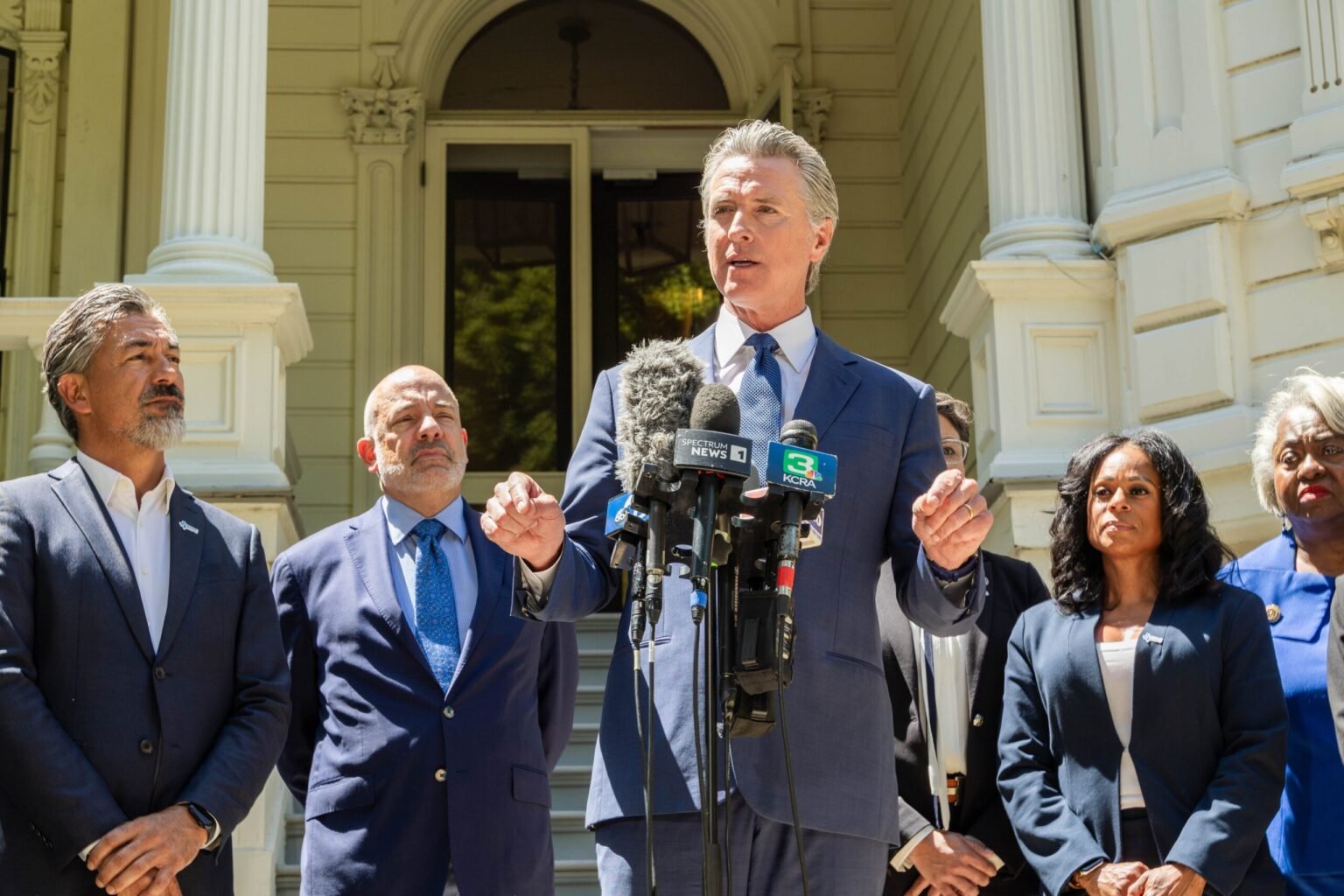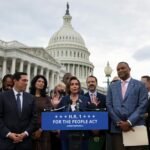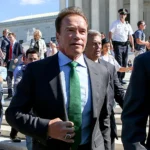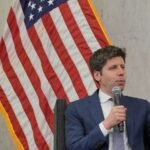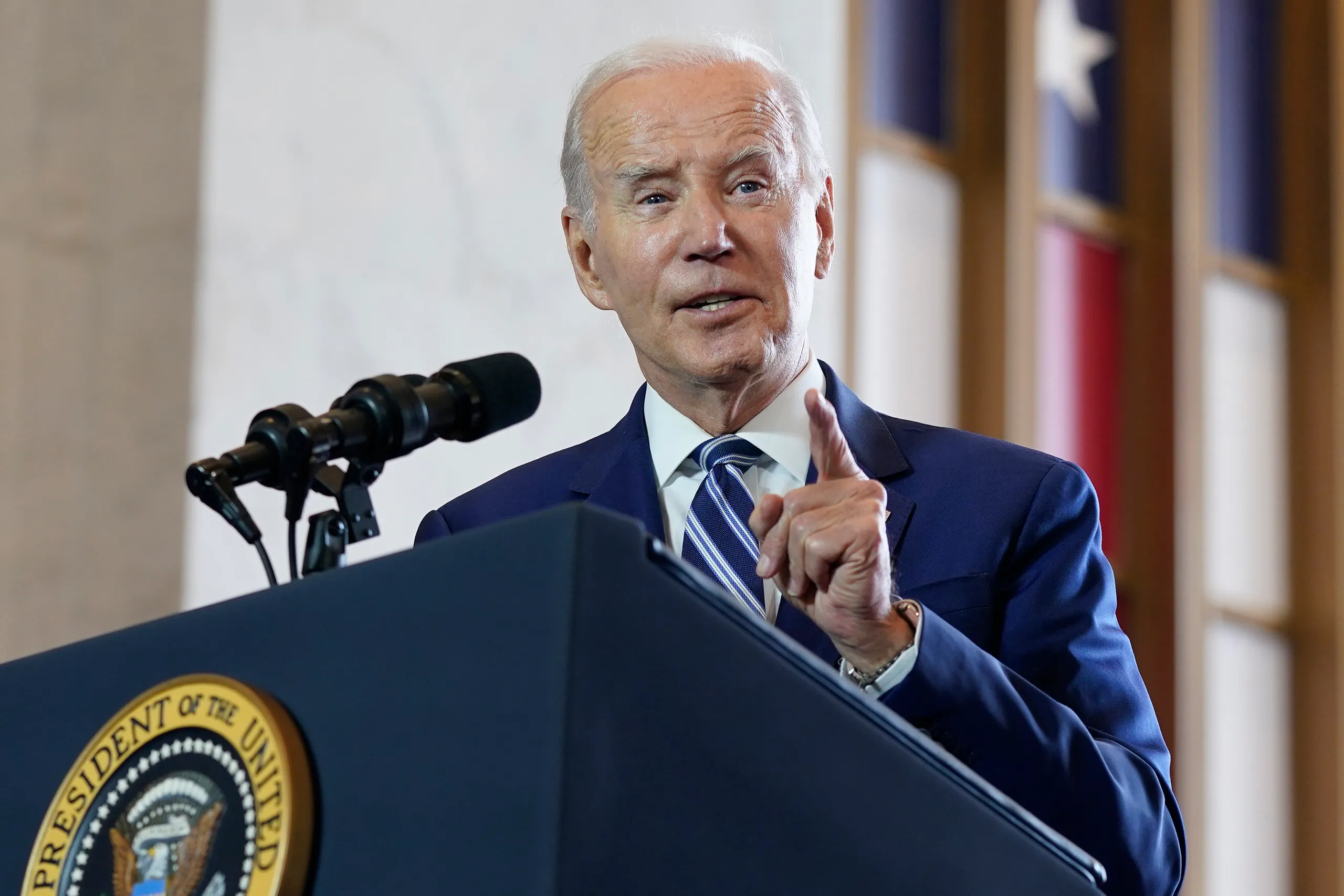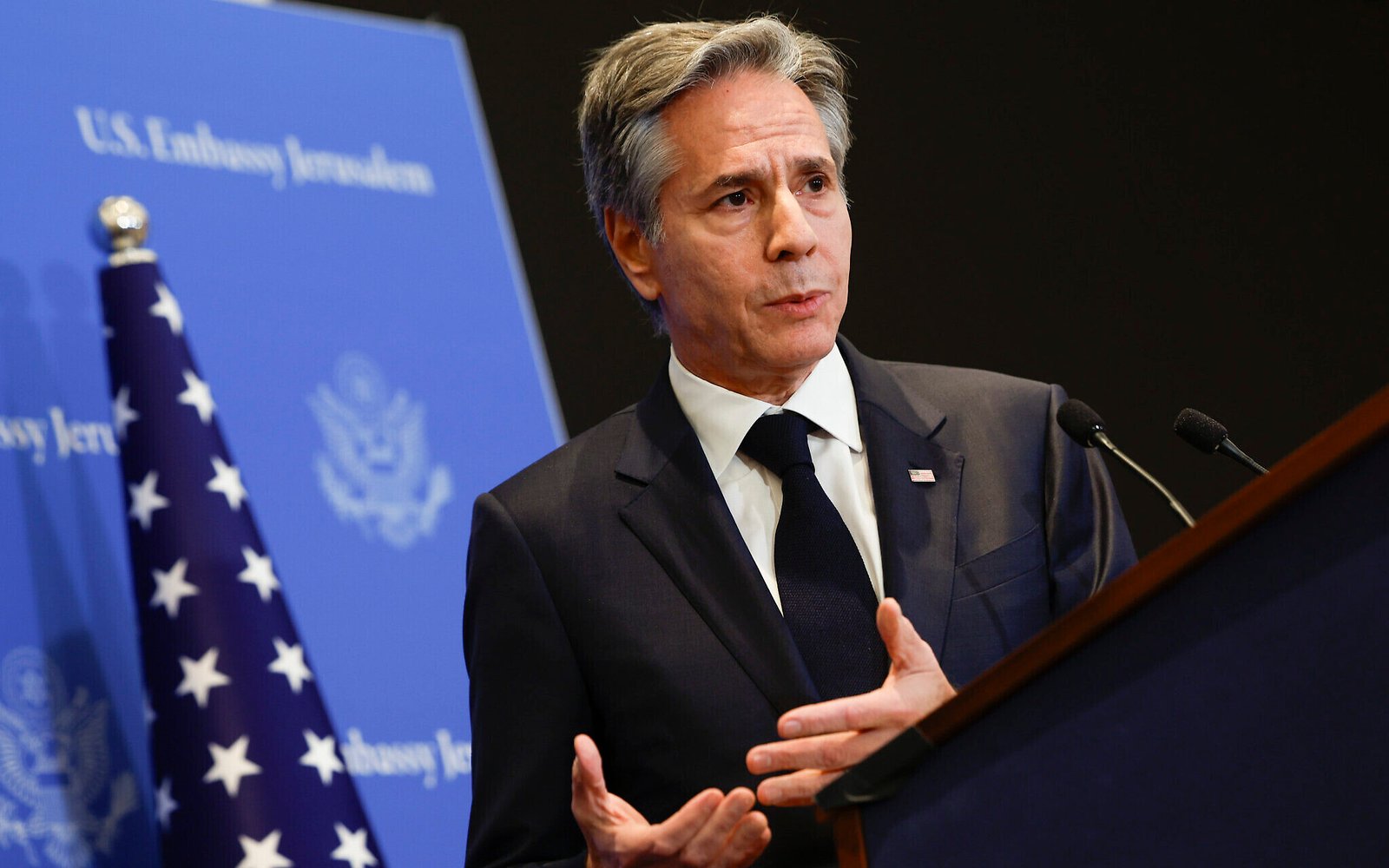House and state legislative Democrats are focusing on a strategy that would eliminate at least six Republican incumbent representatives and secure voter approval for revised congressional maps ahead of the midterm elections. Key members of the party are monitoring the simultaneous action by legislators from Texas and California, who are working to bolster their party’s House majority.
Meanwhile, California Republicans are searching for a strategy that would protect them from political annihilation. All of these points towards an expensive, high-stakes political fight that draws California to the eye of the National political storm.
“Legally, we can do it,” Becerra said. He is a former cabinet member under President Biden and is running for Governor as a Democrat. He is working with a voting rights group that is collaborating with lawmakers. “Politically, we must do it.”
From the slide, National Diplomat has compiled from their sources, it appears that California could gain five additional blue-leaning seats, with estimates suggesting Democrats would dominate all but four of the state’s fifty-two congressional districts.
This aligns with the analysis made and presented during the Sacramento meeting with Democrats, predicting the removal of GOP incumbents, including, but not limited to, Reps. David Valadao, Kevin Kiley, and Darrell Issa.
The past week saw a notable increase in the sprint towards the redistricting vote as the deadline approaches. Last Thursday, Governor Gavin Newsom publicly commented on the intent to call a special election, most likely in November.
Meanwhile, as the Texas Democrats tried to avoid a vote by leaving the state, the leaders of the California House delegation provided a more comprehensive briefing to state legislators, which included their internal polling data showing a lead, however slim, to the proposed move.
According to multiple insiders, California attendees to the meeting on Monday came in with a plan to launch a redistricting campaign for the state in the deep blue.
“Trump wants to change the rules so he can continue to use the full power of the federal government to punish California with zero congressional oversight. If these GOP mid-decade redistricting efforts do come to pass, our congressional delegation stands ready to work with our state legislative partners to respond. We will fight back,” said Rep Zoe Lofgren after briefing her colleagues.
Hakeem Jeffries, the House Minority Leader, stays in constant touch with Newsom. He’s recently met with other members of the California delegation to discuss redistricting the maps, which most members supported.
California’s House incumbents, even those who would be drawn into more competitive districts, are standing together and downplaying concerns about how realigned district boundaries would complicate their running for office.
In a reverse parallel of the Texas situation, members of California’s diminished Republican delegation are fighting to avoid losing any more seats. Kiley introduced a bill to prevent mid-decade redistricting and targeted Rep. Ken Calvert, who asked his local registrar to calculate the costs of a special election. California’s last Republican governor, Arnold Schwarzenegger, is considering how to counter a move that he despises.
“I know the last thing Riverside County residents want is to get rid of the Independent Citizens Redistricting Commission and replace it with Sacramento politicians gerrymandering the district lines behind closed doors,” said Calvert in a statement.
When Newsom proposed a California gerrymander to offset Texas, the reaction last month was a mix of excitement and severe skepticism, considering California’s independent redistricting commission.
But once it became apparent that Texas Republicans would not relent, Newsom resolved the matter, making California the tip of the spear for a counter-offensive that was adopted by Democrats on every level of the party.
These factors suggest that the Democratic-controlled Legislature will likely vote this month to place a new map on the ballot. While some have raised concerns about the rushed timeline, which, for a November election, requires legislative action within a limited period, several Democrats in the statehouse indicated that they could achieve the two-thirds threshold in both chambers.
“I don’t think it’s a fight any of us want to be in, but we’re in it, so we’re going to fight,” Assemblymember Buffy Wicks of Oakland said, responding to the notion that the Democrats in the Assembly would be in for a brawl.
“Nothing,” she added, “unites the California Democratic caucus quite like Donald Trump.”
Getting Sacramento Democrats aligned is one challenge. Convincing California voters will be completely different especially since the proposition will be to restore the line-drawing authority to the politicians, allowing the Legislature to draw new lines until a commission takes over after the next census in 2031.
“Voters want to weigh in on redistricting because they don’t trust politicians,” said Chris Lehman, a political strategist who has developed redistricting initiatives on the ballot.
California’s electorate is divided, but a considerable number of them seem to believe in that narrative. As a matter of fact, a stat that has been compiled by California’s Newsom’s pollster, David Binder, claims that over 50% of Californians would approve state lawmakers actively redrawing congressional district lines if Texas Republicans attempted a similar maneuver.
Support for the measure increases with backlash from partisans: “rejecting Trump’s power grab” receives backing from 60 percent of voters. Roughly 80 percent of Democrats and 60 percent of Independents support the measure, as reported by someone privy to the poll’s insights.
The Democrats’ narrative for this issue frames them as defenders in an unwinnable battle. This proposed ballot measure is contingent upon the enactment of Texas’s newly proposed districts.
The narrative in the poll results demonstrates that Californians fight back against Trump’s perceived control over Texas and do, indeed, seek to contest it. Portions of the response program outlined are likely to be approved, as observed by Assemblymember Rick Chavez Zbur from Los Angeles.
Even if the ballot campaign succeeds, the political groundwork would be grueling. If the Legislature is assumed to act, Newsom and allies will be required to educate voters and raise tens of millions for a sudden, off-year election in the few months remaining. With scant competition, Republican partisans motivated to contest could significantly raise the stakes.
“That will be the big question mark,” said Brandon Castillo, a political advisor who specializes in ballot initiatives. “Does that national money flow in, on both sides?”

